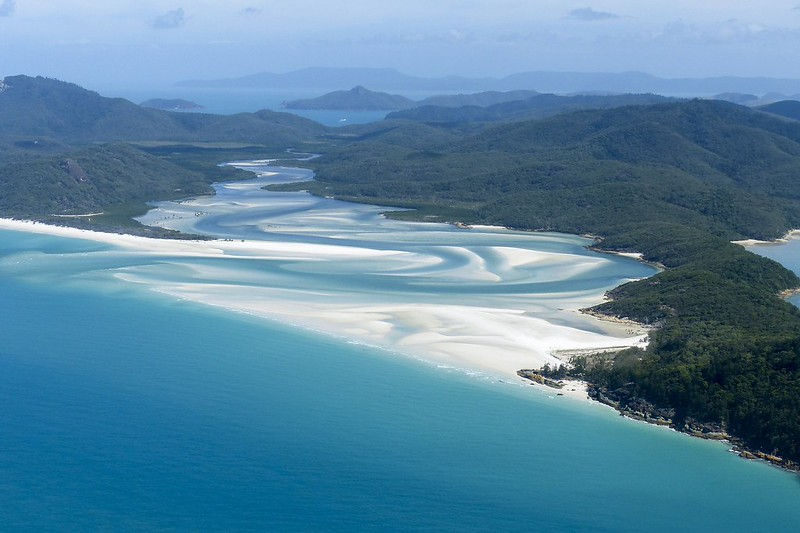Did you know: Humpback Whales Migrate Along Australia's Coastline 🎥
- Inga

- Jun 15, 2022
- 3 min read
Let me introduce myself briefly. I am Inga, a Senior member of the team at Enviroblog.net (https://www.enviroblog.net/contributors). Travelling is on my agenda whenever possible -
near and far.
Have you ever been whale watching? It is an unforgettable experience.
If you gaze at the ocean this winter, you might just be lucky enough to spot a whale migrating along Australia’s coastline. Those sightings take place from different locations along our coast during Australia’s winter, beginning in June and Ending in October. Each year the magnificent southern humpback whales migrate to and from Antarctica.
Recently I went on a Whale Watching Cruise starting from Redcliffe/Brisbane in Queensland. As these leviathans of the deep make their way through our warm waters they feed, mate and play in the clean, clear blue sea of Moreton Bay.
And let me tell you…it is an unforgettable experience!


The humpback whale is a species of baleen whale. It is one of the larger rorqual (orquals are the largest group of baleen whales) species, with adults ranging in length from 12 to 16 m and weighing around 25 to 30 metric tons. The humpback has a distinctive body shape, with long pectoral fins and a knobbly head.
It is known for breaching and other distinctive surface behaviours. Males produce a complex song lasting 10 to 20 minutes, which they repeat for hours at a time. All the males in a group will produce the same song, which is different each season. Its purpose is not clear, though it may help induce ‘heat’ in females. Found in oceans and seas around the world, humpback whales typically migrate up to 25,000 km (16,000 miles) each year. (Whale song video at the end of the blog)



They feed in polar waters, and migrate to tropical or subtropical waters to breed and give birth, fasting and living off their fat reserves. Their diet consists mostly of krill and small fish. Humpbacks have a diverse repertoire of feeding methods, including the bubble net technique (To bubble-net feed, whales dive deep below schools of fish and use bubbles blown from their blowholes to stun and trap fish closer to the surface. One whale generally leads the effort followed by the rest of the group).
Like other large whales, the humpback has long been a target for the whaling industry. The species was once hunted to the brink of extinction; its population fell by an estimated 90% before a 1966 moratorium. While stocks have partially recovered to some 80,000 animals worldwide, entanglement in fishing gear, collisions with ships and noise pollution continue to affect the species. Credit: https://en.wikipedia.org/wiki/Humpback_whale

As for Australia, the Australian Humpback Whale population were hunted and killed for commercial gain until the early 60’s. This saw their decline in population to just 300 whales. They were in serious danger of extinction. A ban on whaling was issued by 1965 and since then the population has seen a remarkable comeback with last official counts in 2016 identifying a population of around 20,000 humpback whales.

Whales play an important role in the ecosystem of the ocean because they feed in one area and poo in another.
This action — known as the “whale pump” — moves nutrients around the ocean. Their poo feeds tiny organisms, such as plankton, which are eaten by krill, and then eaten by whales.
Seeing these super group feedings highlights changes in our marine environment we might not have otherwise been aware of.
Regardless, it’s important to understand how changes in the marine environment influence the extent humpback whales depend on feeding opportunities along their migratory route.
This will help to predict how whale populations respond to future changes in the ocean. This includes climate change, which will warm ocean temperatures and alter when and where the prey of humpback whales are found. As a result, humpback whales will also move to different locations.
One thing, at least, is abundantly clear: more eyes on land and sea through citizen science will provide a valuable opportunity to document such exciting future events.
But at least - for once - it’s mostly good environmental news, that the humpback whale population has come back from the brink of extinction worldwide!
Enjoy the following “Whale Song”...♪♪♪
🎥 (2:57) Whale Song - Oceania Project
🐋🐳
REFERENCE
The Conversation Australia, June2021 (viewed 14.06.2022)
https://www.enviroblog.net/post/guest-blog-humpback-whales-migration-special-along-australia-s-coastline (08.06.2021)






Comments